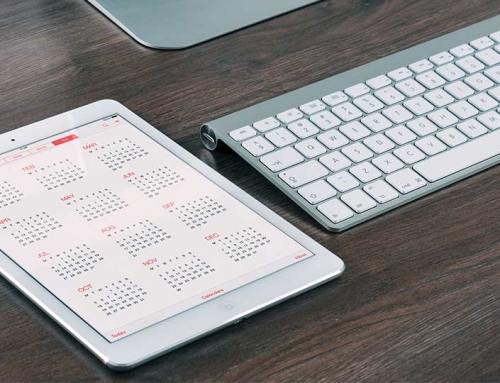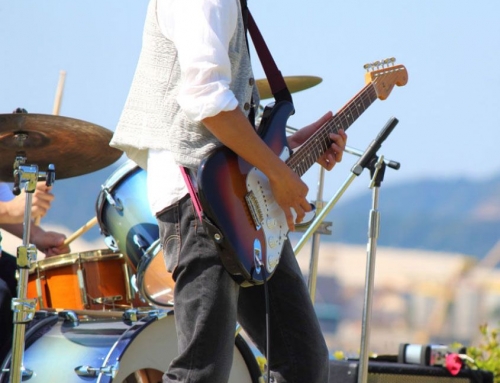I hope we all agree that being in tune is a wonderful thing! Instruments should be in tune to themselves and the band should be in tune with each other. Hopefully, both of these points are accomplished simply by having everyone tune to an agreed upon pitch (generally A-440.)
The best way for a guitar player to do this is to place a tuner (I recommend a simple floor pedal tuner) in line between your guitar and the DI box, cable snake or sound board. You can easily accomplish this by using an instrument cable to come out of your guitar and into the input of the tuner. Be sure to get a tuner that not only has an output connector but also a bypass (or mute) connector. Then place another instrument cable coming out of the mute/bypass output of the tuner and into DI box or soundboard. Keep in mind that if you are using other effects pedals, be sure to place the tuner at the beginning of the effects chain.
The beauty of using the bypass/mute output of the tuner is that when you step on the tuner to tune, it will mute the signal going to the soundboard. This way the entire audience does not have to listen to you fine tune between songs. Another helpful function of the mute output is that when you are finished with the worship set you can simply step on the tuner, which will mute your signal. This will help to eliminate feedback that can sometimes happen with acoustic guitars sitting on a guitar stand.
One final helpful hint… buy a plug-in power supply for your tuner. Most models will run on 9-volt batteries, which is fine. But you will burn through the batteries pretty quickly. Nothing’s worse than having your tuner “bonk” on you in the middle of a set. So it’s best to get a power supply for your tuner that you can have plugged in during entire time you’re on stage.






